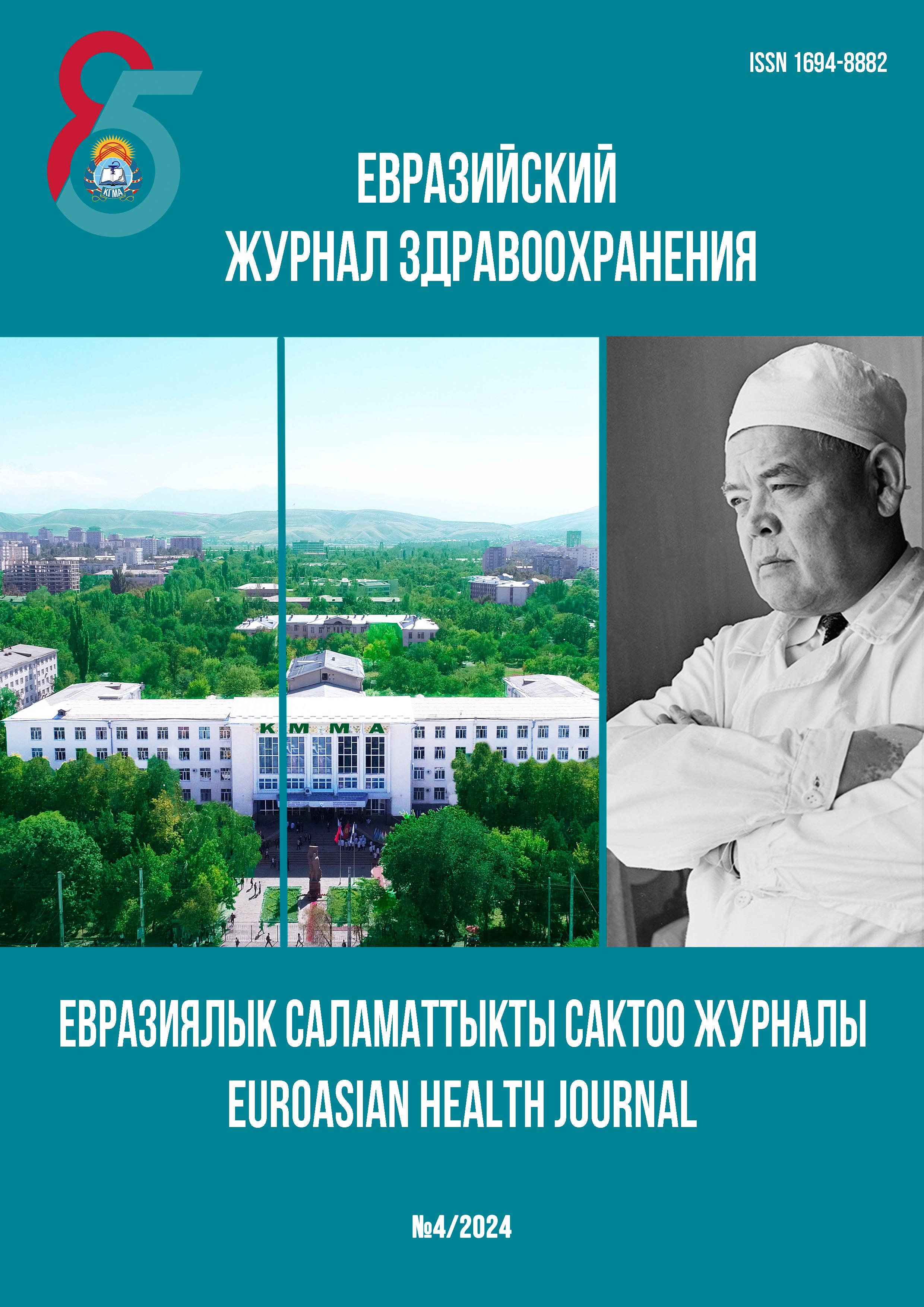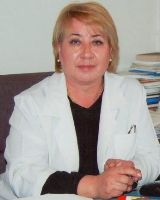CLINICAL CASE: ALL GENIUS IS SIMPLE OR WHEN A SPINAL MENINGIOMA LESS IMPORTANT THAN COCCYGODYNIA?
DOI:
https://doi.org/10.54890/1694-8882-2024-4-73Abstract
A clinical case describes a nontrivial surgical treatment of meningioma of the lumbar spinal cord, when neurological symptoms due to spinal canal stenosis seemed to have regressed, but the patient's main complaint of persistent pain in the coccyx region forced us to apply repeated treatment of the pain syndrome with NSAIDs. It should be noted that meningiomas of the spinal cord account for 15-30% of all primary spinal tumors. Meningiomas in 85-90% of observations are noted in women aged 50-70 years. Meningiomas of the thoracic and lumbar spine are incapsulated, well delimited from the surrounding structures, up to 2-3 cm in size, irregular oval, located at the level of 1 - 2 segments of the spinal cord. The most frequent, debut clinical manifestation of spinal cord meningiomas is sensory disorders in the form of hypoesthesia, paresthesia, observed in 56% of patients, which was observed in our patient too. Regardless of the segmental localization of meningiomas, superficial sensitivity disorders are observed more often than loss of deep sensitivity. However, persistent pain syndrome in the coccyx region puzzled us a bit in terms of choosing further treatment tactics. We tried an arsenal of local injection therapy, ranging from sacral and presacral blockade, to acupuncture, shockwave therapy and anesthetic applications by electrophoresis. And what is extraordinary, only by applying surgical intervention-resection of the coccyx, it was possible to achieve a persistent remission of coccygodynia. Long-term follow-up examination convinced us of the correctness of using coccygodynia resection.
Keywords:
spinal cord meningioma, spinal canal stenosis, decompressive laminectomy with removal of tumor mass, coccygodyniaReferences
1. Achey RL, Gittleman H, Schroer J, Khanna V, Kruchko C, Barnholtz-Sloan JS. Nonmalignant and malignant meningioma incidence and survival in the elderly, 2005–2015, using the Central Brain Tumor Registry of the United States. Neuro Oncol 2019;21(3):380-391. https://doi.org/10.1093/neuonc/noy162
2. Magill ST, Young JS, Chae R, Aghi MK, Theodosopoulos PV, McDermott MW. Relationship between tumor location, size, and WHO grade in meningioma. Neurosurg Focus. 2018;44(4):E4. https://doi.org/10.3171/2018.1.FOCUS17752
3. Bir SC, Maiti TK, Bollam P, Nanda A. Felix Platter and a historical perspective of the meningioma. Clin Neurol Neurosurg. 2015;134:75-78. https://doi.org/10.1016/ j.clineuro.2015.02.018
4. Patra DP, Savardekar AR, Dossani RH, Narayan V, Mohammed N, Nanda A. Meningioma: The Tumor That Taught Us Neurosurgery. World Neurosurg. 2018;118:342-347. https://doi.org/10.1016/j.wneu.2018.06.017
5. Verhoeven V, Vrints I, De Keyser J, Menovsky T, Thiessen F, Tondu T. A contemporary and a historical patient with an ectopic meningioma. Acta Chir Belg. 2019;119(4):254-258. https://doi.org/10.1080/00015458.2018.1438561
6. Turliuc MD, Turliuc S, Cucu AI, Tamas C, Carauleanu A, Buzduga C, et al. Through clinical observation: the history of priapism after spinal cord injuries. World Neurosurg. 2018;109:365–367. https://doi.org/10.1016/j.wneu.2017.10.041
7. Onken J, Obermuller K, Staub-Bartelt F, Meyer B, Vajkoczy P, Wostrack M. Surgical management of spinal meningiomas: focus on unilateral posterior approach and anterior localization. J Neurosurg Spine. 2018;30(3):308-313. https://doi.org/10.3171/2018.8.SPINE18198
8. Усанов Е.И., Коваленко Р.А., Простомолотов М.Н. Удаление опухолей спинного мозга и конского хвоста из интерлами-нэктомического доступа. Нейрохирургия. 2013;4:75-78. https://doi.org/10.17650/1683-3295-2013-0-4-75-78
9. Пташников Д.А., Усиков В.Д. Результаты хирургического лечения больных с доброкачественными опухолями позвоночника. Хирургия позвоночника. 2005;4:061-065. https://doi.org/10.14531/ss2005.4.61-65
10. Gilard V, Goia A, Ferracci FX, Marguet F, Magne N, Langlois O, et al. Spinal meningioma and factors predictive of post-operative deterioration. J Neurooncol. 2018;140(1):49-54. https://doi.org/10.1007/s11060-018-2929-y
11. Koeller KK, Shih RY. Intradural Extramedullary Spinal Neoplasms: Radiologic-Pathologic Correlation. Radiographics. 2019;39(2):468-490. https://doi.org/ 10.1148/rg.2019180200
12. Оморов Р.А., Осмоналиев Б.К., Бейшенбаев К.Р., Джамалиев Б.Р., Кубанычбеков Т,К. Пресакральная тератома с нагноением: редкое клиническое наблюдение. Вестник КГМА им. И.К. Ахунбаева. 2019;4:39-45.







